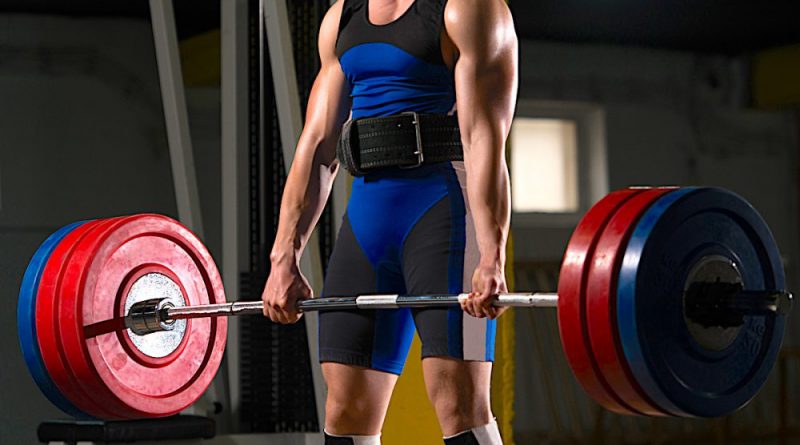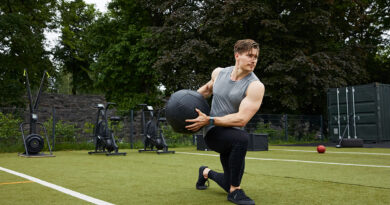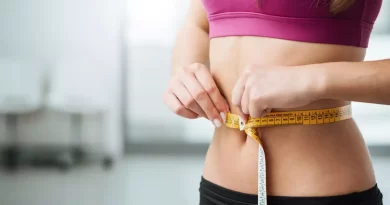How Wearing a Belt Can Help You Lift More Weight
If you’re an experienced weightlifter, you probably already know that belts can be quite useful when it comes to heavy lifting. However, it may not always be obvious how exactly they can help, so let’s take a look at some of the many benefits of wearing a belt during training sessions and see if it’s something you might want to try out next time you go to the gym!
The main reasons why you should wear a belt
1. Wearing a belt can help you maintain proper form.
2. A belt can help you lift more weight by providing extra support to your lower back and abdominal muscles.
3. Belts can also help prevent injuries by stabilizing your spine and pelvis.
4. belts can increase your lifting performance by keeping your torso tight and improving your posture.
5. Additionally, wearing a belt can act as a mental cue to help you get into the proper mindset for lifting heavy weights.
6. Finally, belts just look cool, and who doesn’t want to look like a badass when they’re lifting?
7. All in all, there are many benefits of wearing a belt during your workouts. So what are you waiting for? Put on that bad boy! If you’re looking for one-stop shop, go with the Dark Iron Fitness Genuine Leather Competition Belt – it’s perfect if you’re looking for something strong enough to hold up against intense training while still looking sleek and stylish. Plus, it’s made with tough but lightweight leather so it won’t be too uncomfortable when it digs into your waist. Just remember to tighten it securely before going about your workout routine – otherwise you might end up with a slack belt dangling around or worse: nothing at all!
Rule #1: Wear your belt tight around your hips
When you’re trying to max out on your heavy lifts, the last thing you want is for your pants to fall down. That’s why it’s important to wear a belt – and to wear it tight. A good rule of thumb is to make sure that you can only fit two fingers between your belt and your hip bones. This will ensure that your pants stay up – and that your lower back stays supported – during those heavy lifts. It’s also worth noting that wearing a belt won’t constrict your abdominal muscles or prevent them from working hard. As long as you tighten the belt correctly, they’ll still have room to flex and contract as needed. In fact, many lifters report an increase in their core strength after they started wearing a belt while lifting weights. So don’t let anyone tell you that belts are just for weightlifting! They’re great for everyday tasks too. And if you find yourself struggling with your heavy lifts, try using a belt and see how much easier it makes things!
Rule #2: Wear your belt tight around your belly button
A lot of people think that they should wear their belt really tight, but that’s not necessarily true. The key is to find the right balance of comfort and support. If your belt is too tight, it will restrict your breathing and make it difficult to lift the weight. On the other hand, if your belt is too loose, it won’t provide enough support. The best way to find the right fit is to put the belt on and then tighten it until you can breathe comfortably. Then, when you’re ready to lift, take a deep breath in and tighten the belt one more notch. That way, when you exhale while lifting the weight, the belt will be snug around your belly button. As long as you keep taking slow, steady breaths during your set, you’ll get all the air you need.
The next rule for safe lifting is to never let go of the barbell unless you’re absolutely sure that someone else has taken over for you or if there’s an emergency. Never just drop the barbell on the ground or step away from it without first removing any weights from it so it doesn’t slam down onto the floor with an abrupt force.
Rule #3: The waistband needs to be in line with your lumbar spine
When you’re heavy lifting, you need to make sure your waistband is in line with your lumbar spine. This will help support your lower back and prevent injury. Plus, it’ll help you lift more weight. Here’s how to do it Stand up straight and place the belt around your natural waistline (right below your belly button). Make sure the middle of the belt goes between your legs and sits against the front of your pelvis bone. The belt should sit on top of where the iliac crest (hip bones) meet at an angle that’s parallel to the floor; this prevents slippage and allows for maximum stability during movements such as squats or deadlifts. As you lift weights, maintain the same distance from your body so that the belt doesn’t slide down too low. If the belt slides down too low while you’re exercising, fix it by adjusting its position until it is sitting properly again.
Wearing Your Belt at the Correct Height
Whether you’re new to lifting or have been doing it for years, one question you may have is whether or not you need to wear a belt. The short answer is that it depends. If you’re just starting out, chances are you don’t need one. However, as you get stronger and start lifting heavier weights, a belt can help you lift more weight safely. Make sure your belt is at the right height by following these steps: Stand up straight with your back against the wall. Put the buckle of your belt against the wall and move away until there’s enough room between the edge of your abdomen and the buckle for you to place two fingers side by side. If there isn’t enough room, then you’ll want to loosen your belt until there is room for two fingers in between. Once this distance has been reached, tighten your belt again so that it’s snug but not tight on your abdomen.
Examples of good and bad lifters and belts
There are many benefits to wearing a weightlifting belt during heavy lifting. For one, it can help you maintain proper form by keeping your back and core tight. Additionally, it can increase your strength by providing extra support for your spine and lower back. Plus, it can help prevent injuries by stabilizing your spine and pelvis. However, not all belts are created equal. Some lifters prefer thinner belts that don’t add much weight, while others prefer thicker belts that offer more support. Ultimately, it’s up to you to decide what type of belt works best for you and your lifting goals.
Do Women Need Belts?
While the debate on whether or not women need to wear belts during heavy lifting is still ongoing, there are some clear benefits to doing so. For one, belts can help support your back and prevent injury. Additionally, they can increase your lifting capacity by providing extra stability and helping you to keep proper form. So, if you’re looking to lift more weight and stay safe while doing it, be sure to strap on a belt next time you hit the gym. Just make sure to loosen the belt when done and avoid using one as a crutch that restricts movement.




